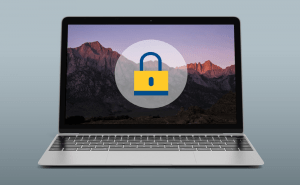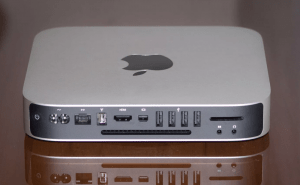 Change volumes on Mac: Disk Utility and alternatives
Change volumes on Mac: Disk Utility and alternatives
Being in control of your hard disk's partitions is a big part of managing your computer. Being able to split the information you store locally between multiple partitions will ensure that in case something goes wrong with your Mac and you need to format a drive, you won't lose all your data. However, managing disk volumes isn't something that everyone is familiar with, so this short guide is designed to give you all the information that you require.
By default, your Mac embeds a tool called Disk Utility that's designed to help you manage your partitions. What's even better is that starting with the El Capitan version of the operating system, the application has actually become very useful and easy to use. To access the Disk Utility, all you need to do is to go to your /Applications folder and launch it from there. Next, select the hard disk that you're interested in working with and click the Partitions button from the top bar. From here, you can create new partitions, erase volumes (fortunately you won't be allowed to erase the one that your OS is installed onto) and, most importantly, enlarge already existing partitions,
To enlarge a partition you need to know two things:
- you can never increase the size of the last volume on the disk: if you have drives C, D, E and F, F cannot be enlarged;
- the space that you add can only come from the consecutive drive: C takes up free space from D, D gets the space from E and E will eat up the free space from F.
In order to extend a partition, the simplest option is to delete the volume that follows the one you want enlarging as space will be automatically added to the previous partition. However, most people want a solution that won't delete any of their files and folders, which can be done if you have enough free space. Following the previous example, here's how to extend drive D:
- select drive E and split it in such a way that there's enough space for the stored data on what's left of the E drive as well as on the new partition;
- after the split, you will now have what's left of E and an empty drive F; move the files and folders from E to F;
- lastly, erase the now empty drive E and space will be automatically added to drive D.
It may seem a bit counter-intuitive, but it makes sense according to the universal partitioning rules.
In case you don't want to use the default partition utility, there's a free tool called iPartition that offers pretty much the same functionality, but a much better looking graphical interface, as well as several other alternatives such as Partition Magic, Gnome Partition Editor or Stellar Mac Partition Manager.
And since we're talking about drive-related tools, you might also want to know about an application called DiskWarrior that's good in crisis situations as it can retrieve lost files and folders as well as fix directory errors.
As I said in beginning, correctly managing your disk volumes can protect you from data loss, but mostly from accidental one. If you're truly concerned about your device's safety, the best thing to do is to learn to protect your Mac from malware threats.



